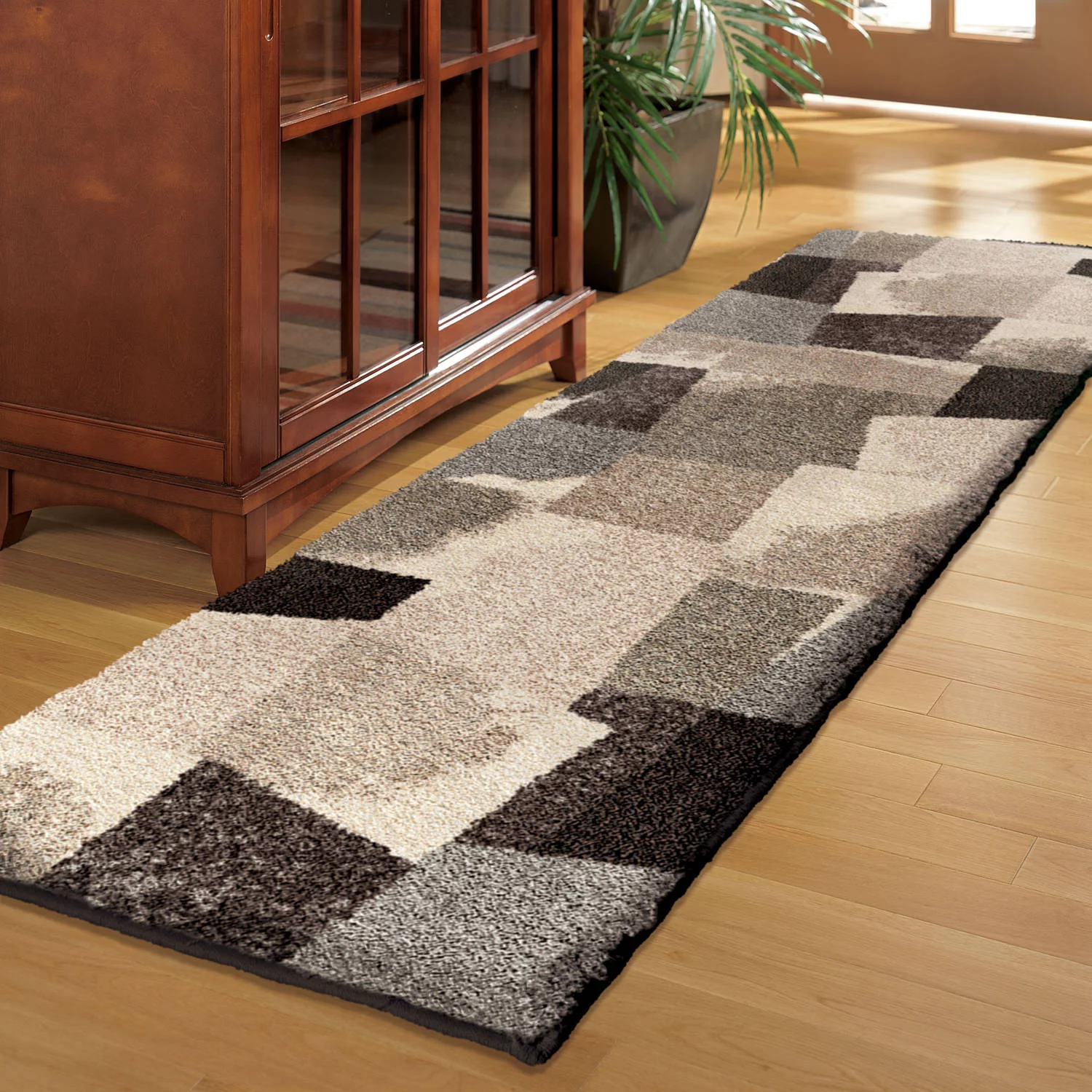Vintage Persian Rugs have long been coveted by rug collectors, affluent homeowners, and interior designers. While home decorating styles and trends may come and go, a good quality, high-end rug is considered to be a timeless addition to any room. In fact, many antique Persian rugs have become valuable investments over time due to their rarity, age, and craftsmanship.
Authentic Persian rugs are woven using traditional techniques passed down through generations of skilled artisans. The materials used include hand-spun wool, cotton, silk, and natural dyes derived from plants and minerals. They feature intricate floral and geometric designs in a range of colors, including deep reds and other jewel tones.
The knotting process is another key indicator of a genuine Persian rug. Unlike modern, machine-made rugs that are tufted or stitched together, antique rugs are hand-knotted. The number of warp threads around which the yarn is tied determines the strength and durability of a rug. Rugs woven with knots woven around more warps are stronger and more durable, while fewer warps result in a lighter and less resilient rug. Traditionally, rug weavers used the symmetrical Turkish or “Ghiordes” knot and the asymmetrical Persian knot, but other types of knots such as the Jufti knot were also common.
Other key indicators of a genuine vintage Persian rug include the weave, color, and design motifs. All-natural, undyed rugs are softer and more lustrous than their synthetic counterparts. Moreover, the use of plant and mineral dyes creates more subtle and harmonious patterns and colors than the starker shades found in modern rugs.
Knot density is also a significant factor in determining the age of a rug. The higher the knot density, the more detailed and finely crafted the rug. A rug’s KPSI can be indicative of its age, but it is important to note that this is not a foolproof method as different regions produce rugs with different knot densities.
Another way to identify a genuine vintage Persian rug is by looking at its underside. Unlike machine-made and hand-tufted rugs, genuine Persian rugs do not have a stiff backing. The underside of a genuine rug will reflect the top of the carpet with some imperfections and unevenness, which indicate that it has been handmade.
The year of production is another factor in identifying a vintage Persian rug. Generally, a rug must be at least 100 years old to qualify as an antique. Rugs manufactured up to 1940 are known as vintage, while those made after that time are called old rugs.
Familiarizing yourself with Persian rug designs, patterns, and motifs can help you spot a vintage piece at a glance. For instance, stars symbolize spirituality and luck, pomegranates stand for fertility, lilies represent purity, and the iconic boteh or paisley motif signifies flame and the universe. Additionally, the colors of a Persian rug carry specific symbolism. For example, green symbolizes hope and renewal, while yellow stands for wealth and power, orange represents humility and piety, and blue indicates faith.

